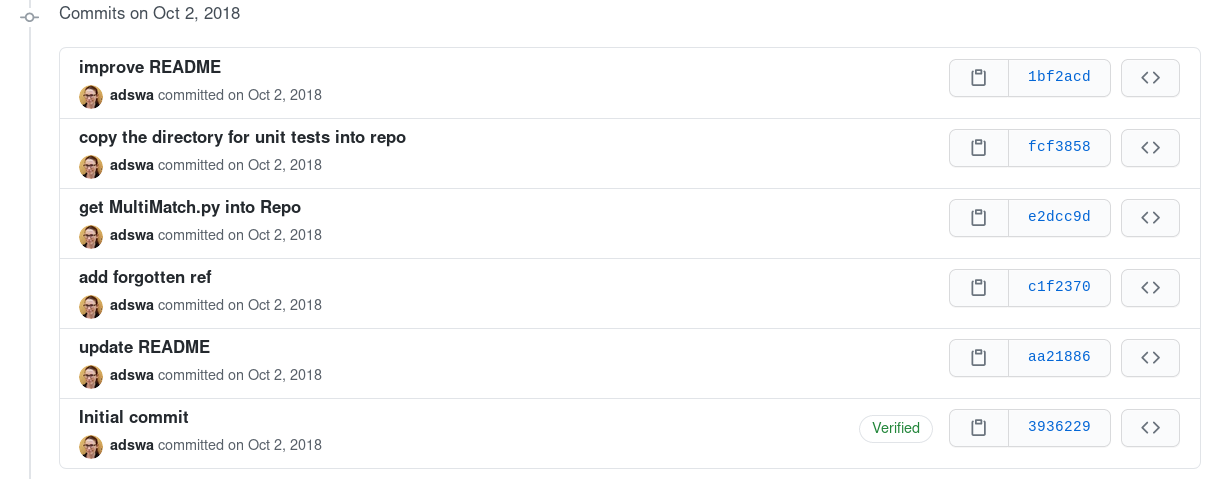

- #Fdtd matlab toolbox manual
- #Fdtd matlab toolbox software
Furthermore, perfectly matched layer (PML) boundary conditions and current like sources are included for realistic scenarios. To achieve this, a matrix-based algorithm according to Yee’s FDTD-method was implemented allowing easy


The program works very efficient, accurate and reliable. Even difficult simulation structures can be set up in a few minutes. triangulation (implemented in MATLAB PDE toolbox as initmesh.m).
The software is applicable to basic antenna configurations when a fast and reasonably accurate solution is required. Furthermore, geometrical structures are defined via draggable forms which makes the program very intuitive and easy to use. FEM/FDTD codes such as Ansoft HFSS or others.

The software is embedded in a graphical user interface in which all It was designed for educational purposes - no further knowledge of MATLAB or computational physics is required. Simulate two dimensional optical systems in TE-polarization. 2741-2748, 2010.The interactive FDTD-toolbox for MATLAB is a simulation software to model and Cox, "Modeling power law absorption and dispersion for acoustic propagation using the fractional Laplacian," J. Cox, "Modeling nonlinear ultrasound propagation in heterogeneous media with power law absorption using a k-space pseudospectral method," J. Cox, "k-Wave: MATLAB toolbox for the simulation and reconstruction of photoacoustic wave-fields," J.
MATLAB Documentation and Examples (this is also accessible within MATLAB). k-Wave User Manual (Version 1.1, 27th August 2016) All occurrences of simulated data in this paper utilize a Finite-Difference Time-Domain (FDTD) acoustical modeling toolbox that has been described in detail in 2 and is freely available online. A detailed description of the model is given in the k-Wave User Manual and the references below. This means the models run faster and use less memory. The lecture takes a student who is already familiar with the basics of MATLAB and discusses the. The main advantage of the numerical model used in k-Wave compared to models based on finite-difference time domain (FDTD) schemes is that fewer spatial and temporal grid points are needed for accurate simulations. This lecture is not intended to teach MATLAB from the start. A split-field perfectly matched layer (PML) is used to absorb the waves at the edges of the computational domain. Power law acoustic absorption is accounted for using a linear integro-differential operator based on the fractional Laplacian. The temporal scheme is exact in the limit of linear wave propagation in a homogeneous and lossless medium, and significantly reduces numerical dispersion in the more general case. The equations are solved using a k-space pseudospectral method, where spatial gradients are calculated using a Fourier collocation scheme, and temporal gradients are calculated using a k-space corrected finite-difference scheme. The numerical model is based on the solution of three coupled first-order partial differential equations which are equivalent to a generalised form of the Westervelt equation. This list is our attempt at keeping a catalogue of other acoustics software weve either used, heard. However, this doesnt mean its the best tool for every purpose There is a diverse range of other acoustics-related software available, both commercially and open-source. The topics covered range from mathematical models of electrical and electronic components and. This book addresses selected topics in electrical engineering, electronics and mechatronics that have posed serious challenges for both the scientific and engineering communities in recent years. Useful for helping students to visualize reflection, transmission, wave velocity and impedance concepts. Electromagnetic Simulation Using the FDTD Method pdf. A simple one-dimensional finite-difference time-domain (FDTD) electromagnetic routine that allows the user to specify arbitrary permittivity, permeability and conductivity profiles. The toolbox has a wide range of functionality, but at its heart is an advanced numerical model that can account for both linear and nonlinear wave propagation, an arbitrary distribution of heterogeneous material parameters, and power law acoustic absorption. The k-Wave toolbox is a powerful tool for general acoustic modelling. One dimensional finite-difference time-domain EM code. K-Wave is an open source MATLAB toolbox designed for the time-domain simulation of propagating acoustic waves in 1D, 2D, or 3D.








 0 kommentar(er)
0 kommentar(er)
